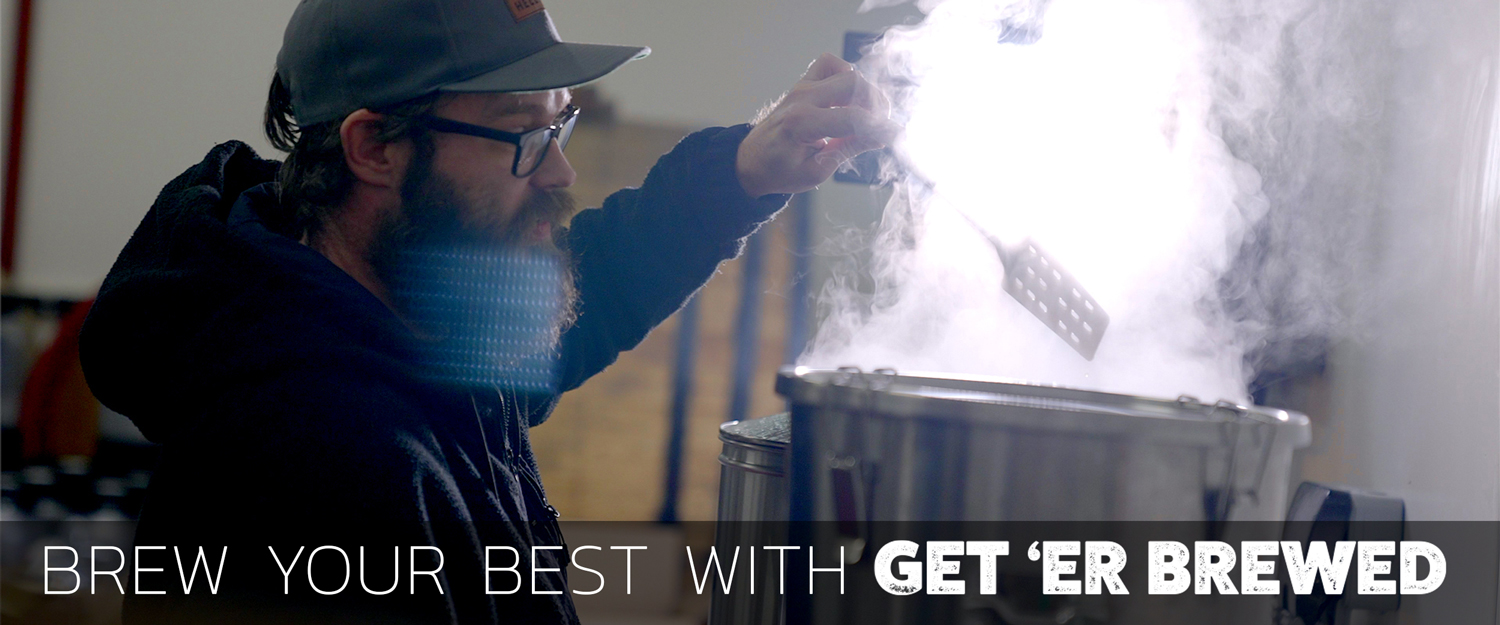Beer Brewing Instructions
There are no products to list in this category.
Your shopping cart is empty!

Depending on what type of kit you are brewing, there are different brewing methods used. The way you brew a beer also depends on the type of kit you have. For example, with an all-grain kit, you must boil the grain (mash) to extract the fermentable sugars for fermentation. This means you’ll need to acquire a brew kettle, or something that can do the job of one. With extract brewing, this process is as easy as mixing the malt extract with hot water.
Whichever method is needed, some essential elements pertain to all brewing:
All our Get Er Brewed kits come with instructions, but we also have them here on our website in case you lose them (it happens to everyone.)
Click the links below to view them.
- All GRAIN BREWING INSTRUCTIONS
- EXTRACT BREWING INSTRUCTIONS
- STOVE TOP BREWING INSTRUCTIONS
- FOUNDATION BEER KIT INSTRUCTIONSThere are no products to list in this category.